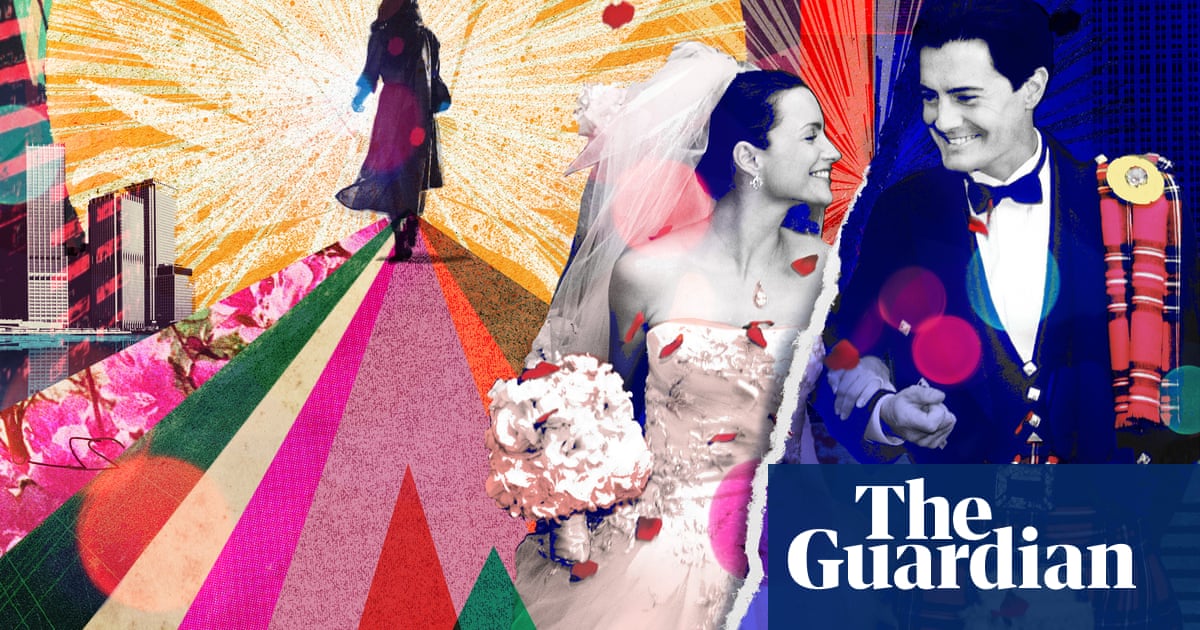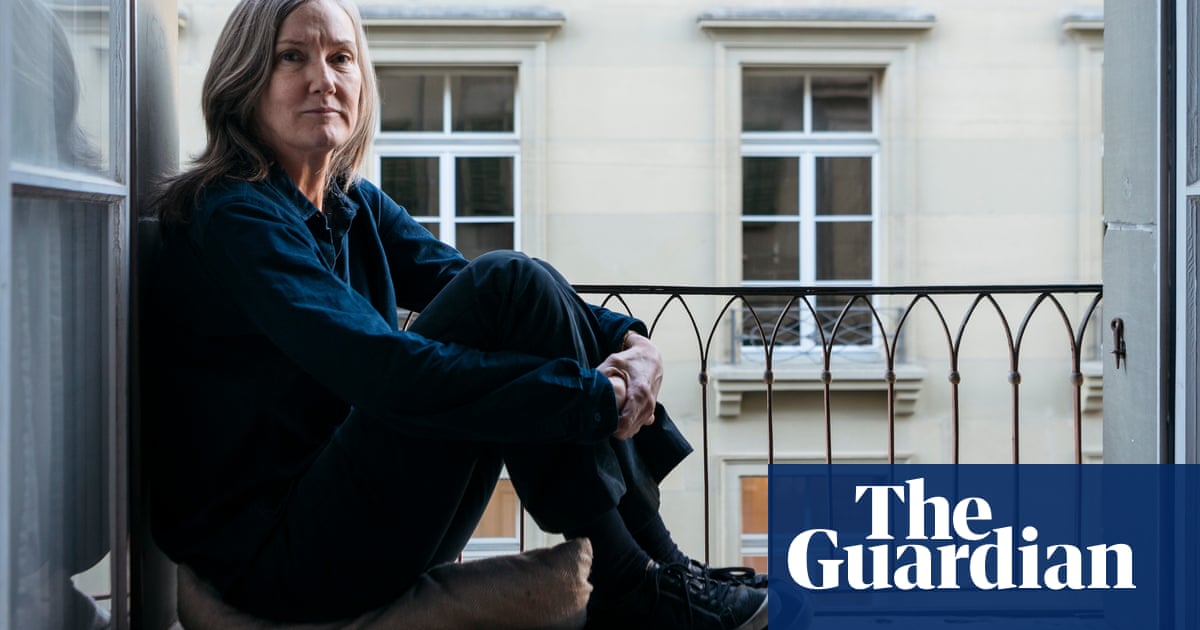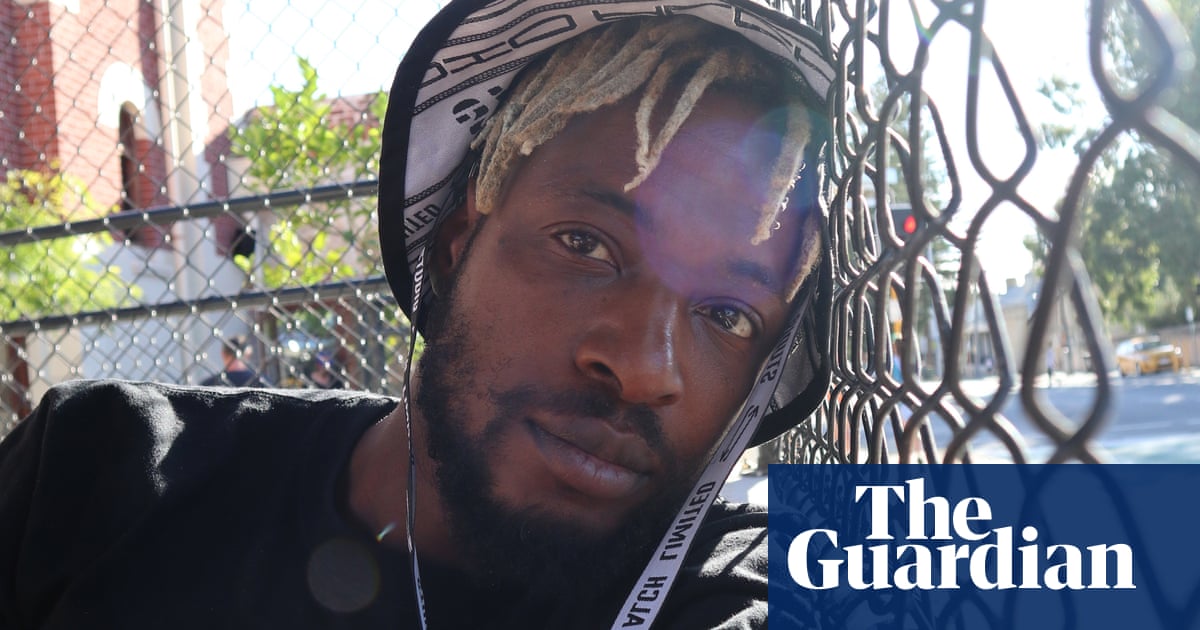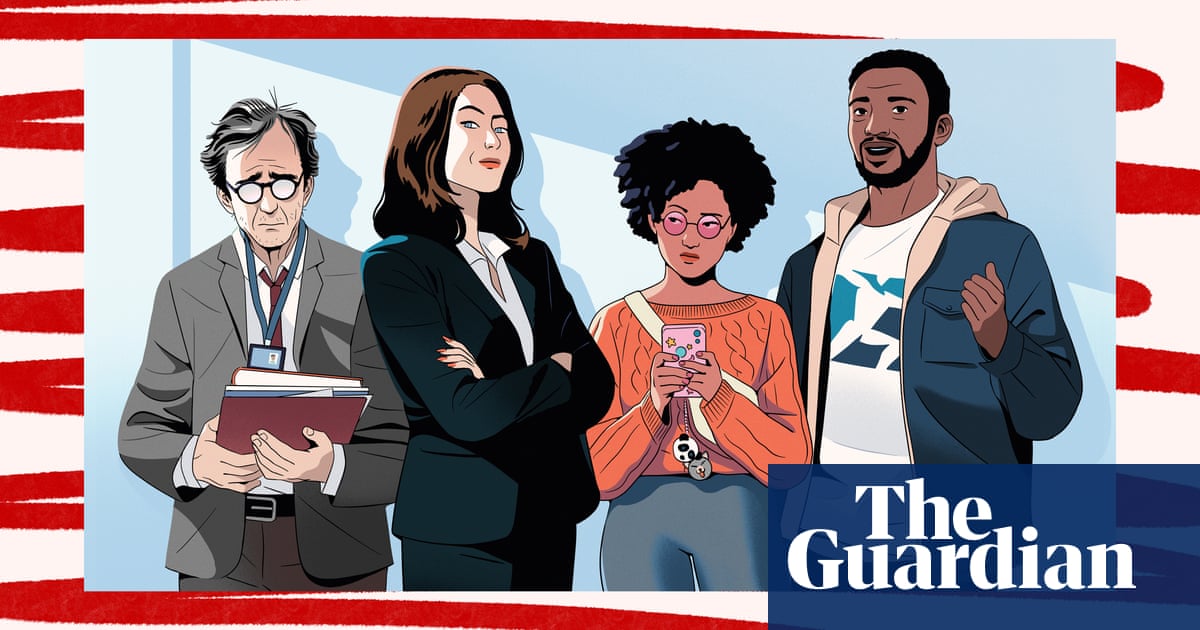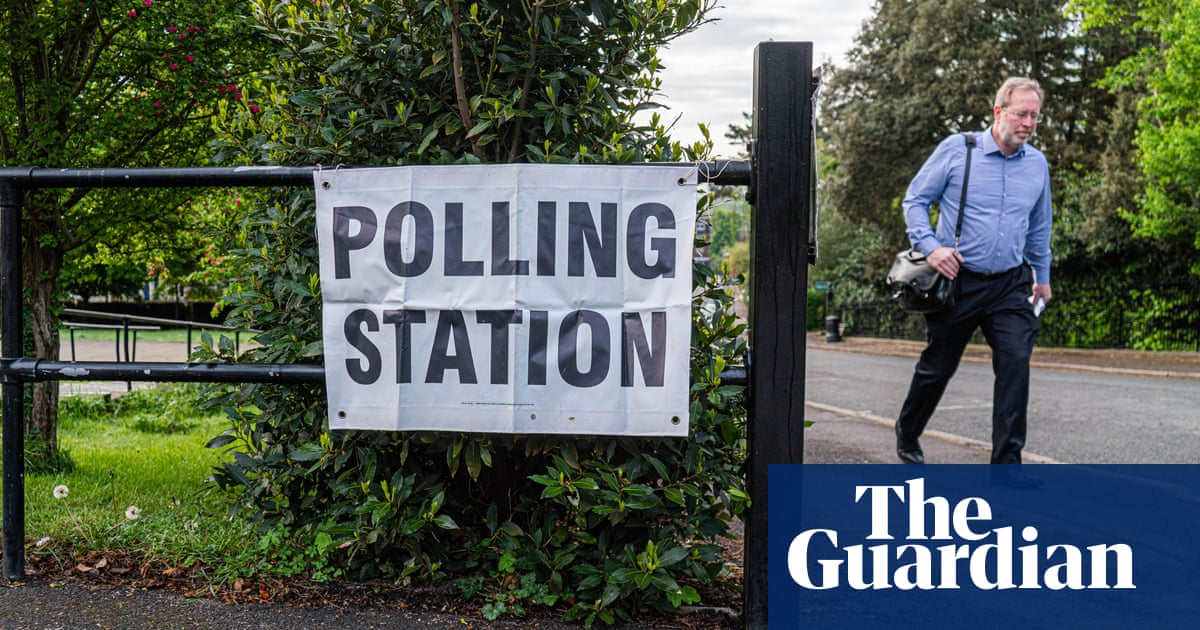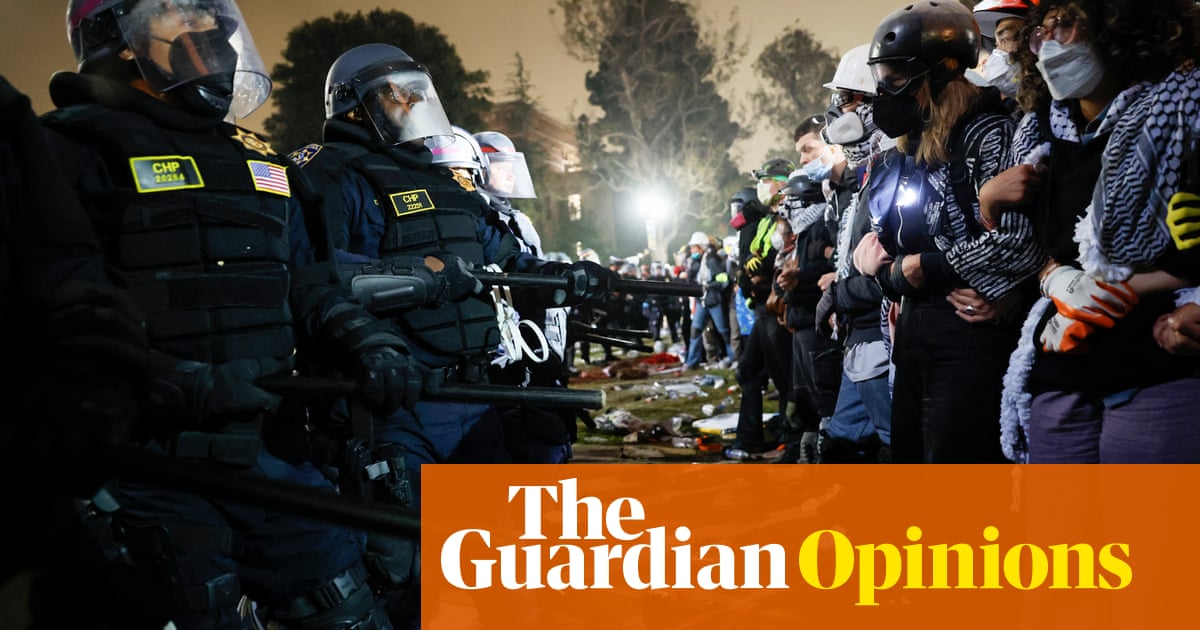From Ozwald Boateng to Martine Rose, the UK has produced some of the most high-profile Black designers in men’s fashion. But London fashion week, which took place in the capital this weekend and focuses on womenswear, is noticeably lacking when it comes to Black female designers. Out of a total of nearly 60 shows, only two were the work of Black women.
Relative newcomer Abigail Ajobi showed her luxury streetwear on Friday afternoon, while the more established British-Nigerian designer Tolu Coker – who has dressed the likes of Maya Jama and Rihanna – had a presentation on Sunday.
This diversity gap is not new, but it is more relevant with conversations in fashion around designers in top spots at high fashion brands. As Vogue Business asked recently: “Why are so many creative directors still white men?”
Analysing those in top spots across 35 brands, they found that 10 were occupied by white women, three were men of colour while only one was held by a woman of colour – British-Asian designer Sandra Choi at Jimmy Choo. With rumours around changing positions at Burberry and Christian Dior, these are likely to see new roles for white men once again – Kim Jones and JW Anderson respectively.
The lack of Black women designing for women in London is contrasted with a wave of Black female designers making menswear to great acclaim. Martine Rose, who dressed Kendrick Lamar for the Super Bowl, and Grace Wales Bonner, who created sell-out Adidas collections and dressed Lewis Hamilton, are both big-ticket names. Bianca Saunders, Mowalola and Priya Ahluwalia (who is of Indian and Nigerian heritage) are other labels that have their roots in menswear. Most of these designers now also produce womenswear – but none of them were present on the London fashion week schedule this season.
London is far from alone – fashion weeks in New York, Paris and Milan barely fared better - but it is striking given the capital is typically considered to have a more diverse offering. This is broadly still the case, with brands from Black male designers such as Jawara Alleyne and Labrum highlights, along with events from British-Yemeni designer Kazna Asker and Simone Rocha, who has Irish and Chinese heritage.
But in a city where 13.5% of the population is Black, it’s striking that there is less spotlight on the experiences and creativity of this demographic. “[Fashion week] is such an important space to amplify the stories that need amplification,” says Coker. “Being specifically positioned as not just a Black female designer, but a luxury designer, gives a certain dignity and autonomy to what luxury can mean and what it can look like.”

In 2020, Kenya Hunt, the editor-in-chief of ELLE UK, produced a BBC documentary called Race and Fashion, which looked at the “paucity of Black designers, because it was shocking to me”.
She says that while it has been “amazing to see the growth and progression” with Black women in menswear – a sector that is projected to be worth £750.8bn by 2033 – the fact it has not been matched in womenswear is disappointing. “I’ve sat on the juries for various prizes, and it’s been noted in the designer shortlists coming through,” says Hunt. “It is quite noticeable.”
Following George Floyd’s murder in 2020, industries across the board looked more at structural racism and pushed to make space for Black talent. Fashion was no different, with diversity and inclusion policies put in place across companies. But, as a 2023 report suggests, “public scrutiny on D&I is waning”, suggesting progress could stall. “It’s [become] even more important to be strategic,” says Hunt. “There needs to be a collective discussion, at every point in the pipeline.”
Fashion and the Arts Creating Equity (FACE) - was set up in 2021 to improve diversity in education. “The elitism of the fashion industry starts very early,” says executive council member Benita Odogwu-Atkinson, a creative and fashion education consultant. “Black students often don’t want to go to a place like Central Saint Martins [widely considered to be the ‘best’ place to study fashion in the UK] because they feel it’s very elitist.”
Odogwu-Atkinson thinks that a different approach at university-level would change a lot: “If students are moved on with a lot of inner strength and belief in themselves, they will keep knocking on doors, but if you’ve already clipped their wings they’re not going forward.”
after newsletter promotion
The situation is compounded by what is known as the “you can’t be what you can’t see” factor, says Harris Elliott, curator of 2023’s exhibition of Black British fashion history The Missing Thread. Elliott points to seeing Black British designer Joe Casely-Hayford in the pages of i-D when he was studying. “It gave me a glimmer of hope that there might be a possibility for me to develop a career in design.” He adds: “If there aren’t many Black female designers, then why would you ever even dream that it’s an opportunity for you?”
Along with Coker and Ajobi, there are London womenswear talents who are not on the fashion week schedule; the British-Jamaican designer Francesca Lake, lace specialist Oiza and modest fashion brand Sabirah are names to know, along with Feben and Torisheju.
If class and lack of financial privilege is a struggle for many young talents, Black women are also up against “misogynoir,” a term coined by gay black feminist American academic Moya Bailey and defined as “the particular brand of hatred directed at black women in American visual and popular culture”. Even in an apparently progressive industry like fashion, Odogwu-Atkinson identifies a bias towards men. Male Black designers, she says, are “far and few between”. But “we as women always come below and underneath that”.
Olivia Overton, the founder of Oiza, thinks this prejudice trickles down to consumers. “I think we have unconsciously been conditioned to trust white males,” she says. “It’s harder for black women, maybe because there’s not that trust where it should be. It’s almost like we don’t belong in that space.”
There is also pigeonholing at work. “If you’re a Black designer, they always feel you have to come from a Black perspective,” says Odogwu-Atkinson. “You’re always stereotyped into either looking at your culture or at sportswear.” Deborah Latouche, who works at Sabirah, says this may be part of why her success has been limited at London fashion week. “Sabirah is womenswear luxury,” she explains. “Maybe I don’t fit into what is considered a Black, female-owned brand. If you are a Black-owned brand, do you need to do sportswear?”
Ultimate equality, of course, is for a designer to be judged for creativity first. “Regardless of what colour I am, we are a brand first,” says Latouche.

.png) 2 months ago
23
2 months ago
23
